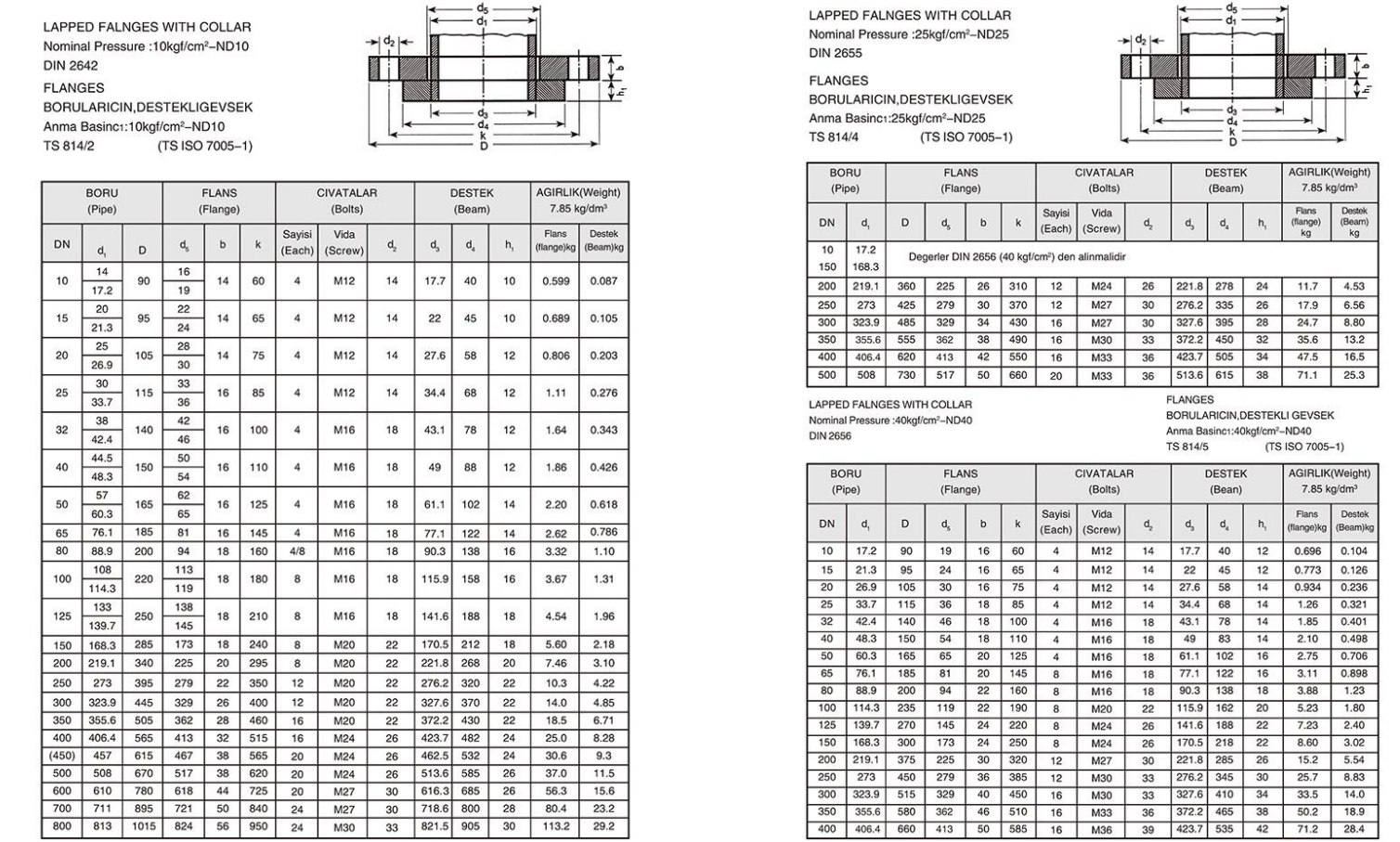-
Cangzhou Yulong Steel Co., Ltd.
-
Phone:
+86 13303177267 -
Email:
admin@ylsteelfittings.com
- English
- Arabic
- Italian
- Spanish
- Portuguese
- German
- kazakh
- Persian
- Greek
- French
- Russian
- Polish
- Thai
- Indonesian
- Vietnamese
- Zulu
- Korean
- Uzbek
- Hindi
- Serbian
- Malay
- Ukrainian
- Gujarati
- Haitian Creole
- hausa
- hawaiian
- Hebrew
- Miao
- Hungarian
- Icelandic
- igbo
- irish
- Japanese
- Javanese
- Kannada
- Khmer
- Rwandese
- Afrikaans
- Albanian
- Amharic
- Armenian
- Azerbaijani
- Basque
- Belarusian
- Bengali
- Bosnian
- Bulgarian
- Catalan
- Cebuano
- China
- China (Taiwan)
- Corsican
- Croatian
- Czech
- Danish
- Esperanto
- Estonian
- Finnish
- Frisian
- Galician
- Georgian
- Kurdish
- Kyrgyz
- Lao
- Latin
- Latvian
- Lithuanian
- Luxembourgish
- Macedonian
- Malgashi
- Malayalam
- Maltese
- Maori
- Marathi
- Mongolian
- Myanmar
- Nepali
- Norwegian
- Norwegian
- Occitan
- Pashto
- Dutch
- Punjabi
- Romanian
- Samoan
- Scottish Gaelic
- Sesotho
- Shona
- Sindhi
- Sinhala
- Slovak
- Slovenian
- Somali
- Sundanese
- Swahili
- Swedish
- Tagalog
- Tajik
- Tamil
- Tatar
- Telugu
- Turkish
- Turkmen
- Urdu
- Uighur
- Welsh
- Bantu
- Yiddish
- Yoruba

Dec . 17, 2024 22:15 Back to list
mandrel bent mild steel tubing
Understanding Mandrel Bent Mild Steel Tubing An Essential Guide for Fabrication and Design
Mandrel bent mild steel tubing is a crucial material in various industries, known for its strength, durability, and versatility. This article will explore the characteristics of mandrel bending, the benefits of mild steel tubing, and the applications where this combination shines.
What is Mandrel Bending?
Mandrel bending is a technique used to create smooth, uniform bends in tubing without kinking or deforming the material. This process involves inserting a mandrel into the tube before it is bent. The mandrel supports the tubing from the inside, ensuring that the shape remains consistent and aiding in maintaining the integrity of the steel during the bending process. The result is a high-quality bend with a radius that can be controlled accurately, making it a preferred choice for many applications.
Characteristics of Mild Steel
Mild steel, also known as low carbon steel, contains a small percentage of carbon (typically around 0.05% to 0.25%). This composition gives it properties ideal for bending and shaping. Mild steel is known for its excellent weldability, machinability, and formability. Additionally, it provides sufficient strength for many applications while remaining relatively lightweight.
The ductility of mild steel allows it to withstand significant deformation without fracturing, making it suitable for mandrel bending. It can be easily welded or cut, and its surface can be treated or coated to enhance corrosion resistance, further extending its service life.
Advantages of Mandrel Bent Mild Steel Tubing
1. Precision and Quality One of the primary advantages of mandrel bending is the precision it provides. The process produces consistent wall thickness and dimensions, which are vital for critical applications in industries such as automotive and aerospace.
mandrel bent mild steel tubing

2. Reduced Wrinkling and Deformation Mandrel bending minimizes the risk of wrinkling or deformation, common issues associated with standard bending methods. This ensures the reliability of the tubing for structural and load-bearing applications.
3. Aesthetic Appeal Mandrel bent tubing often offers a more polished look compared to standard bends, making it preferable for applications where appearance matters, such as custom automotive exhaust systems or decorative structures.
4. Versatile Applications Mandrel bent mild steel tubing is utilized in various sectors, including construction, manufacturing, and automotive. It is often used in roll cages, frames, and supports, where strength and safety are paramount.
5. Cost-Effective While the initial investment in machinery for mandrel bending may be higher, the quality and reduced waste of material can make the process more economical in the long run.
Applications of Mandrel Bent Mild Steel Tubing
Mandrel bent mild steel tubing is used in numerous applications. In the automotive industry, it is commonly found in exhaust systems, roll cages, and chassis components, where strength and weight are critical. In construction, it plays a vital role in structural frameworks and handrails, providing a balance of strength and aesthetic appeal.
The HVAC industry also employs mandrel bent tubing for ductwork, where the smooth bends ensure efficient airflow and reduced energy loss. Additionally, mandrel bent tubing is used in various manufacturing processes, such as furniture design and custom fabrication, further showcasing its versatility.
Conclusion
Mandrel bent mild steel tubing is an essential material that combines strength, precision, and versatility. Its unique properties make it ideal for a wide range of applications, from automotive engineering to structural construction. Understanding the benefits and capabilities of this material can lead to better fabrication processes and enhanced designs, ensuring that projects meet both functional and aesthetic requirements. As industries continue to seek innovative solutions, mandrel bent mild steel tubing will undeniably remain a key player in engineering and manufacturing.
Latest news
-
ANSI 150P SS304 SO FLANGE
NewsFeb.14,2025
-
ASTM A333GR6 STEEL PIPE
NewsJan.20,2025
-
ANSI B16.5 WELDING NECK FLANGE
NewsJan.15,2026
-
ANSI B16.5 SLIP-ON FLANGE
NewsApr.19,2024
-
SABS 1123 FLANGE
NewsJan.15,2025
-
DIN86044 PLATE FLANGE
NewsApr.19,2024
-
DIN2527 BLIND FLANGE
NewsApr.12,2024
-
JIS B2311 Butt-Welding Fittings LR/SR 45°/90° /180°Seamless/Weld
NewsApr.23,2024











